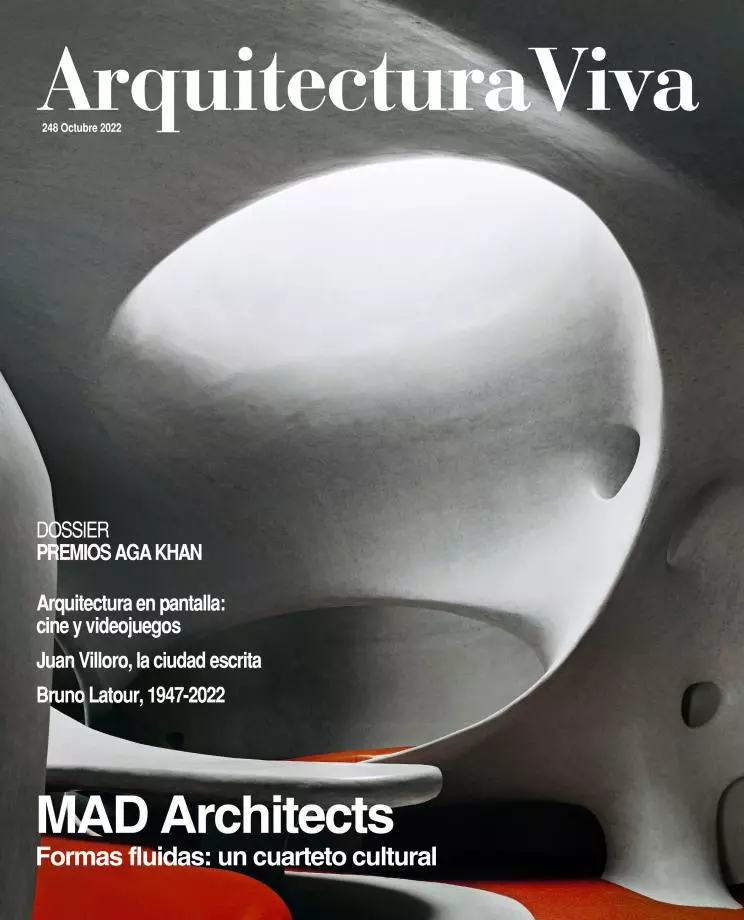
It was the best of times, it was the worst of times. It was the Soviet Union in the 1920s and 1930s, the place and years of a utopia so radical it aspired not so much to end the old system of the czars as to upend human nature itself. The new world of the revolution required a new man, and the endeavor to build it involved engineers, architects, artists, sociologists, technologists, and scientists under the baton of political curators and intellectuals.
Presenting the disturbing and fascinating results of this project that held so much promise is the aim of a book revealing the extent to which the design principles and methods used by a part of the corpus of Soviet architects drew on concepts, notions, and dogmas that the human sciences have been formulating since the mid-19th century.
The author structures her documented journey through categories that seem vague in some cases, but have the virtue of expressing the complexity of the main thesis: that beyond the influence of Fordism or Taylorism, there was in the USSR’s modernizing drive a more humanistic current that was less preoccupied with machines than with human life. A current which Vronskaya considers the counterpoint to the mechanistic drives we tend to associate with ‘Soviet productivism.’
In her analysis of this Soviet humanism, the author combines portrayal of intellectual circles with depiction of leaders. Examination of the exacerbated, highly complex atmosphere of 1920s Russia and its ties with Germany and the US is mixed with equally detailed description of the enthusiasms of architects, artists, and technologists who deserve to be seen as tragic heroes condemned to be eaten up by Stalin’s pragmatism.
Among the heroes we must first mention Nikolai Ladovsky, promoter of the Vkhutemas studios and father of Russian architectural modernity, whose experiments with formal composition owed much to Mach’s psychological aesthetic but also to Steiner’s theosophical esotericism or Fecnher’s radical neo-romanticism. Ladovsky also inspired studies on ergonomics and environmental quality, for which he relied on the invention of gadgets that echoed the experiments designed by the German and American fathers of perceptual psychology.
Although the goal of Ladovksy’s – and also of Moisei Ginzburg’s – workshops was the scientific design and rationalization of space that the body inhabits, Vronskaya reminds us that the approach of both differed from the theses of mechanistic behaviorism that some Soviet architects took as creed. This heterodoxy is also that of El Lissitzky, whose theses on space and movement, close to suprematism, largely drew from the esoteric irrationalism so characteristic of turn-of-the-century Europe.
The theses and controversies presented in the book do not drown out in historical erudition, as they can be read in the light of contemporary contaminations between architecture and the sciences (computers, sustainability, neuroscience) and the dangers that come with them: architecture reduced to vacuous modes of determinism.







